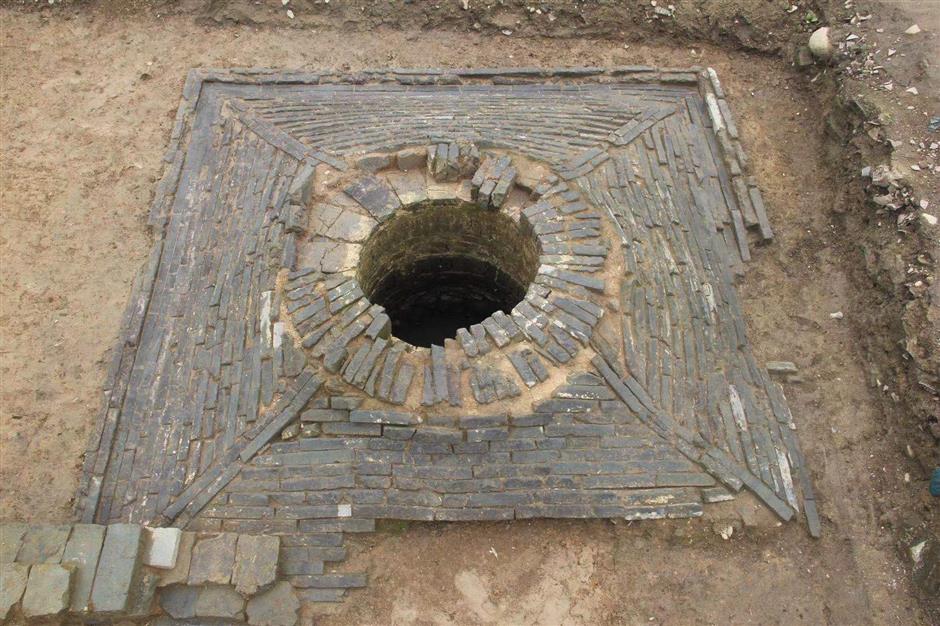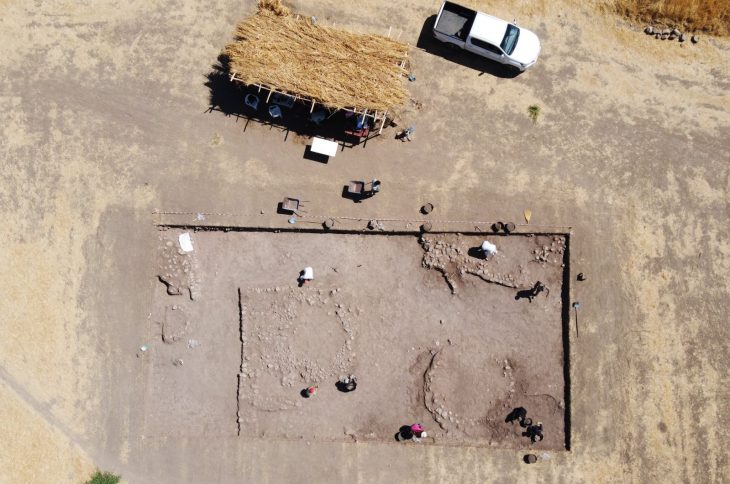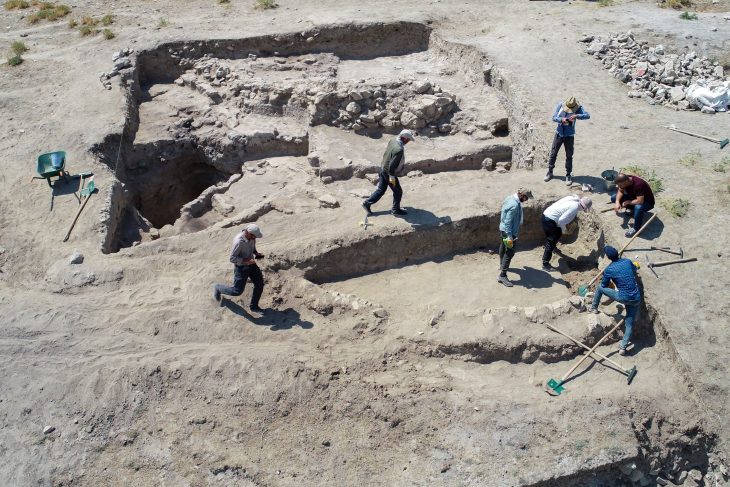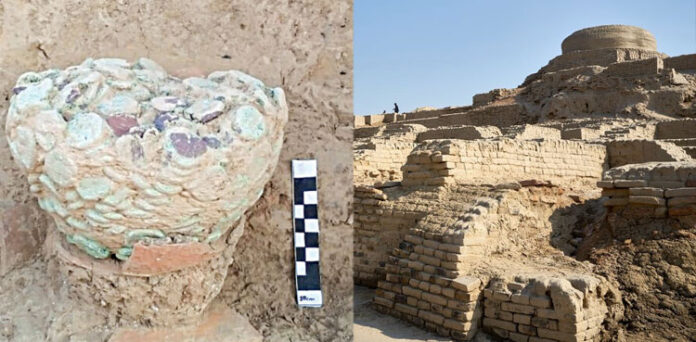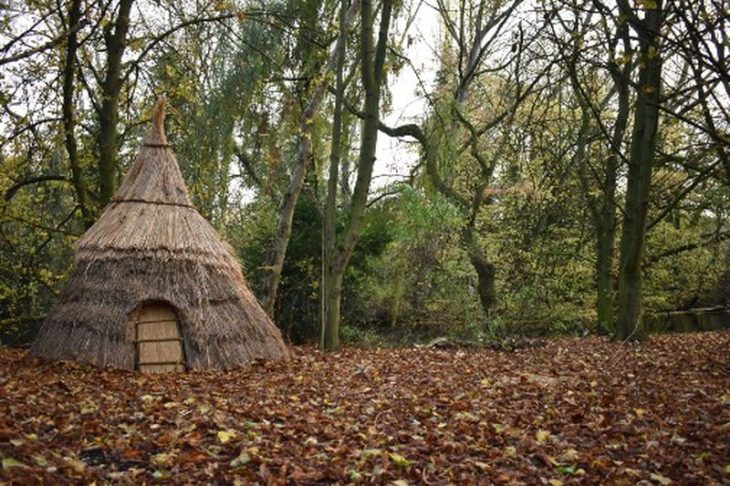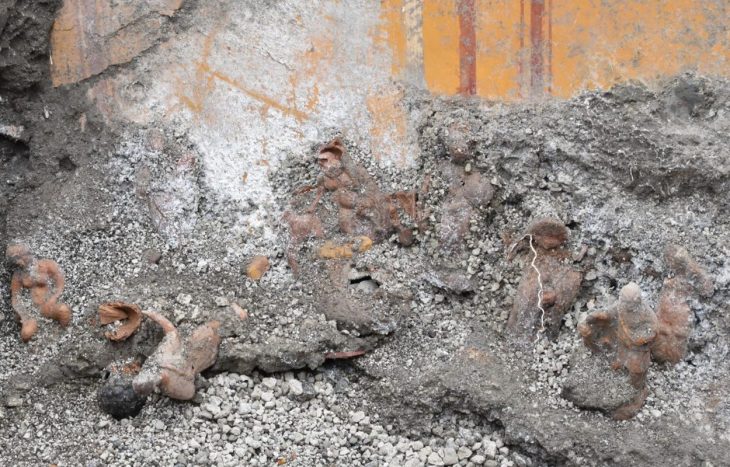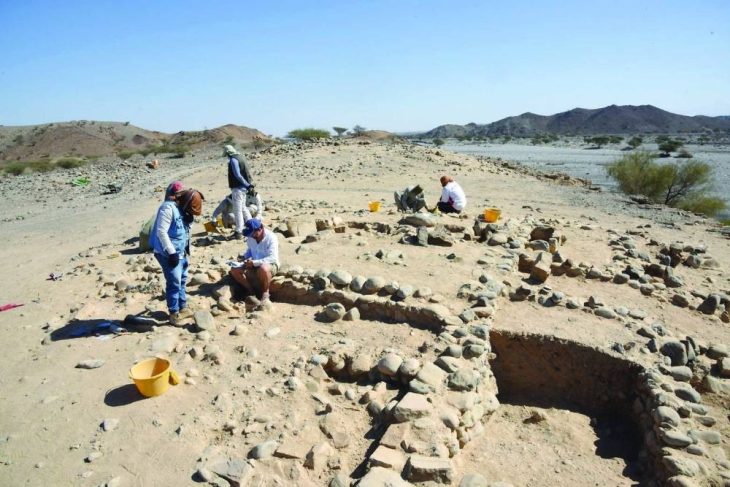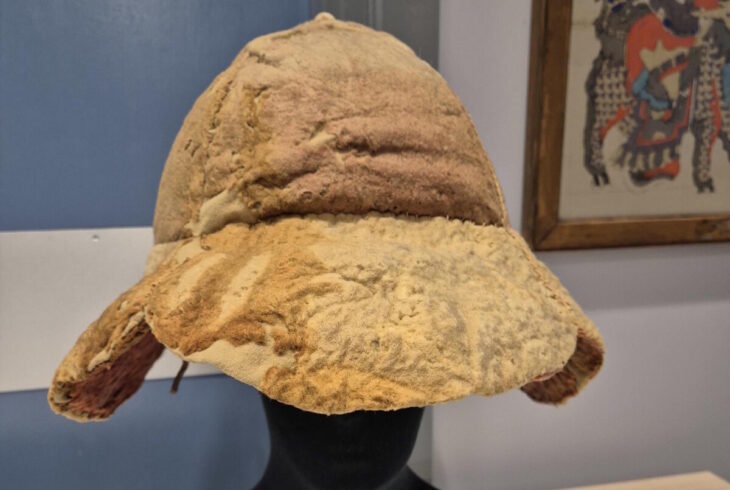Located in Hangzhou’s Lin’an District, Yijin Ancient City among the top 10 archaeological discoveries in China in 2020.
Yijin Ancient City was discovered in 2017 when the Lian government started work for a parking lot. During construction, an ancient architectural foundation was unearthed with centuries-old bricks, porcelain, artifacts, and coins.
When the Zhejiang Archaeological Institute took over the work in the region, the ancient city, which was buried underground for centuries, came to light.
After months of research, the foundation was identified as a relic from the Kingdom of Wuyue (AD 907-978), which ruled during the Five Dynasties and Ten Kingdoms (907-979 AD).
The Wuyue area once spread to the southeast part of Jiangsu Province, including Zhejiang Province of Shanghai, Suzhou, and the northeastern part of Fujian Province.
📣 Our WhatsApp channel is now LIVE! Stay up-to-date with the latest news and updates, just click here to follow us on WhatsApp and never miss a thing!!
Archaeologists consider it an important place because its location is very close to the cemetery of Wuyue’s first king, Qian Liu (AD 852-932), and the streets of the original Lin’an City.
The dimensions of all the remains unearthed prove the importance of the city.
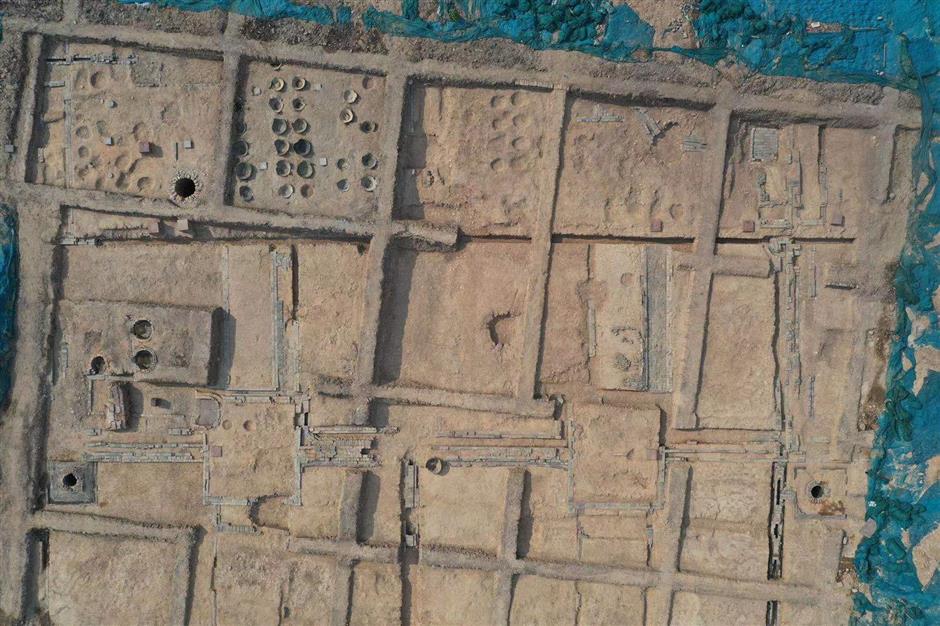
The Chinese guan (官) character was engraved on the bricks. This meant that the buildings were used as public buildings.
Local officials continued to explore the land surrounding the government building. A discovery was made in 2019 near Chengnan Elementary School in Lin’an.
The excavation continued until 2020 with the discovery of various ruins and antiquities. One of them was a fortification 149 meters long and 8.23 meters wide. In the middle of the wall, there is a door opening to the city, 17.4 meters long and 10.5 meters wide.
Also, archaeologists uncovered three streets, building foundations, walls, and drainage pipes. All this construction shows that the city was designed with a regular layout and a perfect drainage system.
The Zhejiang Archaeological Institute confirmed the discovery and confirmed that the remains inside the government compound are part of Yijin City.
Yijin was a vital city for the Wuyue Kingdom. Emperor Qian Liu built buildings with military, administrative, and ritual functions.
The institute discovered more ruins that point to the existence of Yijin City, including imperial tomb and temples used for royal rituals.

The Wuyue Kingdom was founded in the valley plain of the Tiaoxi and Jinxi rivers, and Yijin is believed to be the center of the kingdom. He laid the foundations of today’s Lin’an District, where there is a street named after the ancient city.
According to historical archives, Qian founded the Kingdom of Wuyue and kept the region peaceful and safe at a time when much of China was in turmoil.
The Northern Song Dynasty (960-1127) established imperial power in northern China, while the Wuyue Kingdom grew in southern China.
Buddhism and ceramics boomed at that time. Last year, archaeologists discovered a variety of celadon from the city of Yijin, symbolizing the fine porcelain craftsmanship of that period.
The ancient Yue Furnace in Zhejiang Province was the main celadon production center throughout history, and the peak of its productivity came during the Wuyue Kingdom. Experts consider the celadon from this period to be among the best products ever produced.
What is Celadon?
It is a type of glaze in Chinese pottery and is also the name given to wares of green colors similar to jade. In China, the jade stone is one of the stones that is loved and respected in terms of its properties. Therefore, this type of ceramic was very popular and used until it was replaced by blue and white porcelains.

